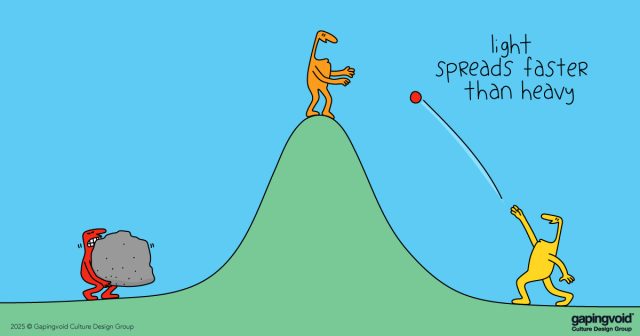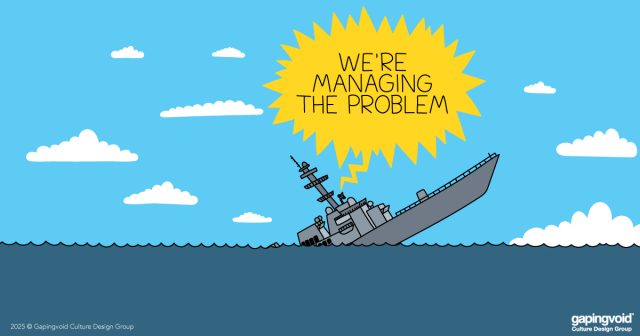
On Christmas Night, 1776, George Washington’s Continental Army faced a choice. Hessian mercenaries hired by the British encamped across the Delaware River. The sun had set and a light drizzle turned to heavy snow. In the words of one soldier, “It blew a hurricane.” The river was filled with chunks of floating ice. The question was whether to stay in position or cross. Led by Washington, they chose the river. Most of the men couldn’t swim. The boats leaked. They crossed anyway, caught the Hessians off guard, fought and won.
This is military culture in practice. Not slogans about bravery, but pragmatic decisions made under impossible constraints. Across the 249 years since our Military’s founding, a lot has changed about our Nation’s Armed Forces. The technology, the weapons, the strategy, the circumstances. But one thing has remained constant: the tenacity and ingenuity of our people in uniform.
Consider the French hedgerow problem in the Second World War. In the summer of 1944, the U.S. Army was told that the hedgerows in France were small, jumpable barriers between plots of land. That’s what they prepared for. But the intel was wrong. The hedgerows were impenetrable meters-tall walls of packed dirt, reinforced by vegetation. It was a miles-long maze. Perfect for defenders. Horrible for attackers. But the Army didn’t stall, they dynamically steered. Tank crews and sergeants started welding scrap metal to their vehicles, testing what worked, and sharing results. It didn’t come from leadership but from all levels, and within weeks, an entire army had adapted.
Or consider the Berlin Airlift in 1948. Soviet forces cut off ground access to West Berlin expecting it to fall in weeks. As General Lucius D. Clay said, “I am ready to try an airlift. I can’t guarantee it will work.” Today, we know it did. For 15 months, 200,000 flights dropped 2.3 million tons of supplies – food, coal, medicine, and even candy for children. It “slashed the Gordian Knot,” and the blockade was lifted.
Our military culture isn’t about abstract virtues. It’s about the mechanic who stays an extra four hours to fix a helicopter she doesn’t have to fly. The intelligence officer who learns his third language because “someone might need it someday.” The medic who carries an extra 20 pounds of supplies because “you never know.”
This culture has evolved over 249 years not because someone wrote it down or mandated it, but because each generation of service members looked at their predecessors and thought: “I need to be ready for my moment too.”
What makes our Armed Forces extraordinary isn’t just what they do – it’s how they think. It’s the shared understanding that somewhere, sometime, their decision might be the difference between success and failure, between life and death.
To every service member who carries this weight, who lives this culture: thank you for showing us what’s possible. Thank you for your service and sacrifice.



